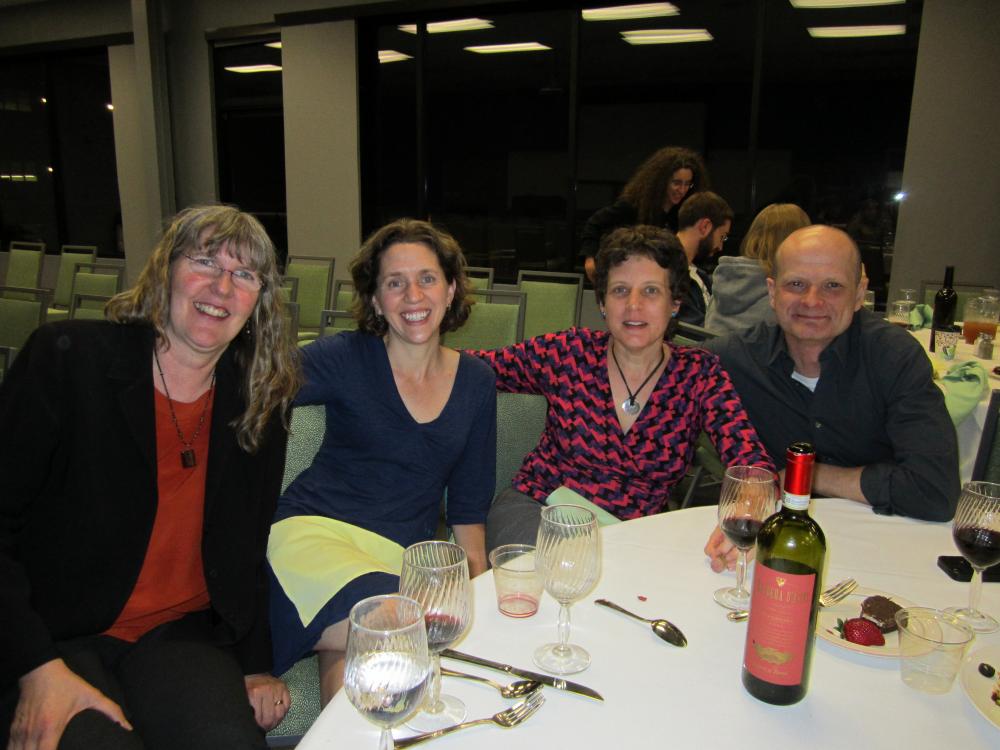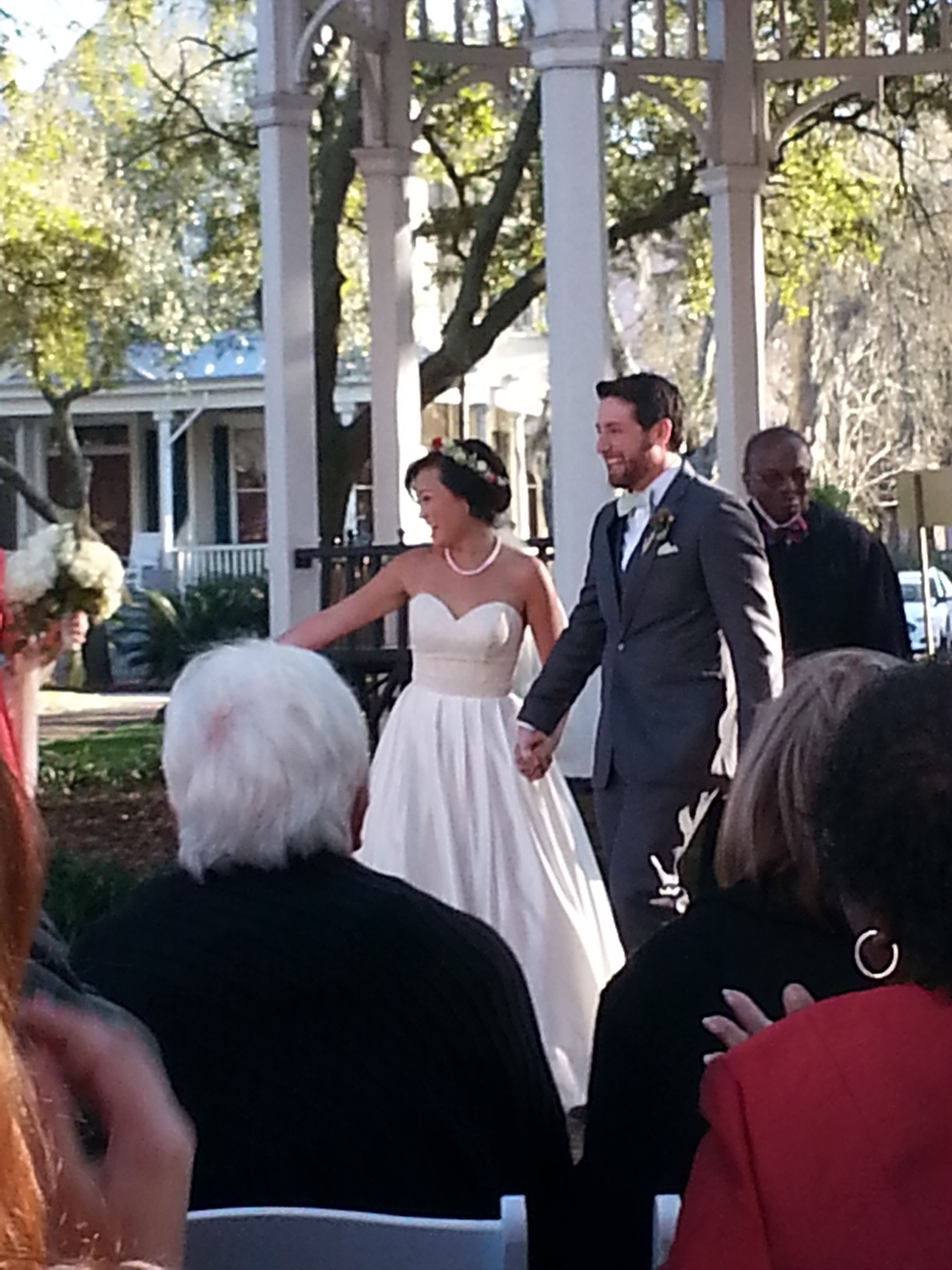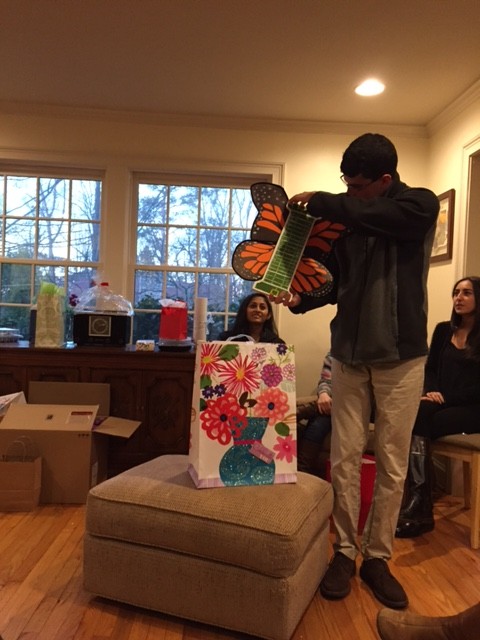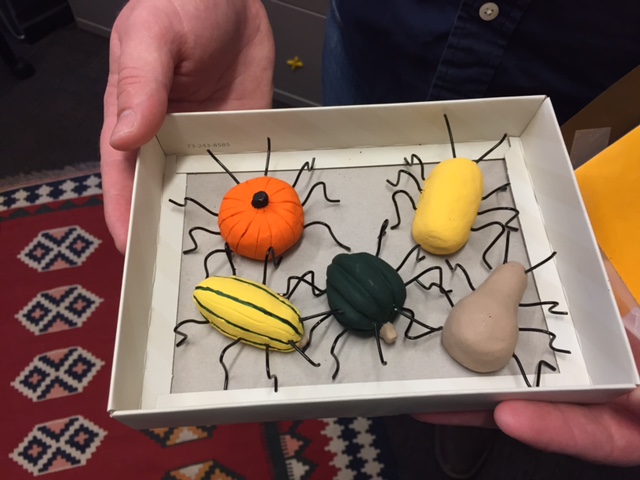by Nicole Gerardo
I was fortunate enough to get invited to the University of Arizona to give a talk at the Center of Insect Science along with several other former postdocs of PERT, the Center’s NIH IRACDA postdoctoral program. Other former postdocs in attendance were Alex Wilson, Luciano Matkzin, Jeff Riffell and Armin Moczek
. What an amazing evening of science!





